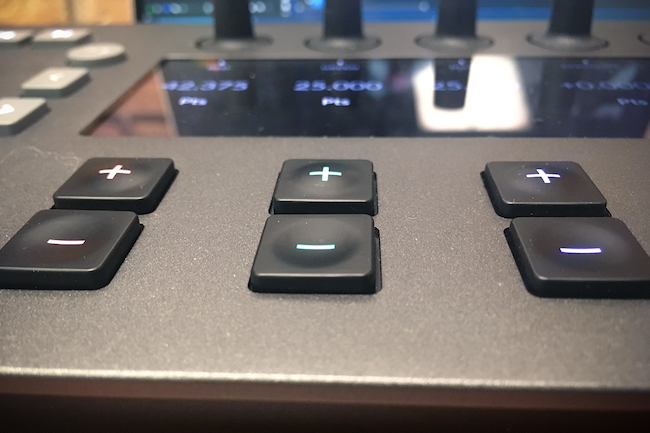
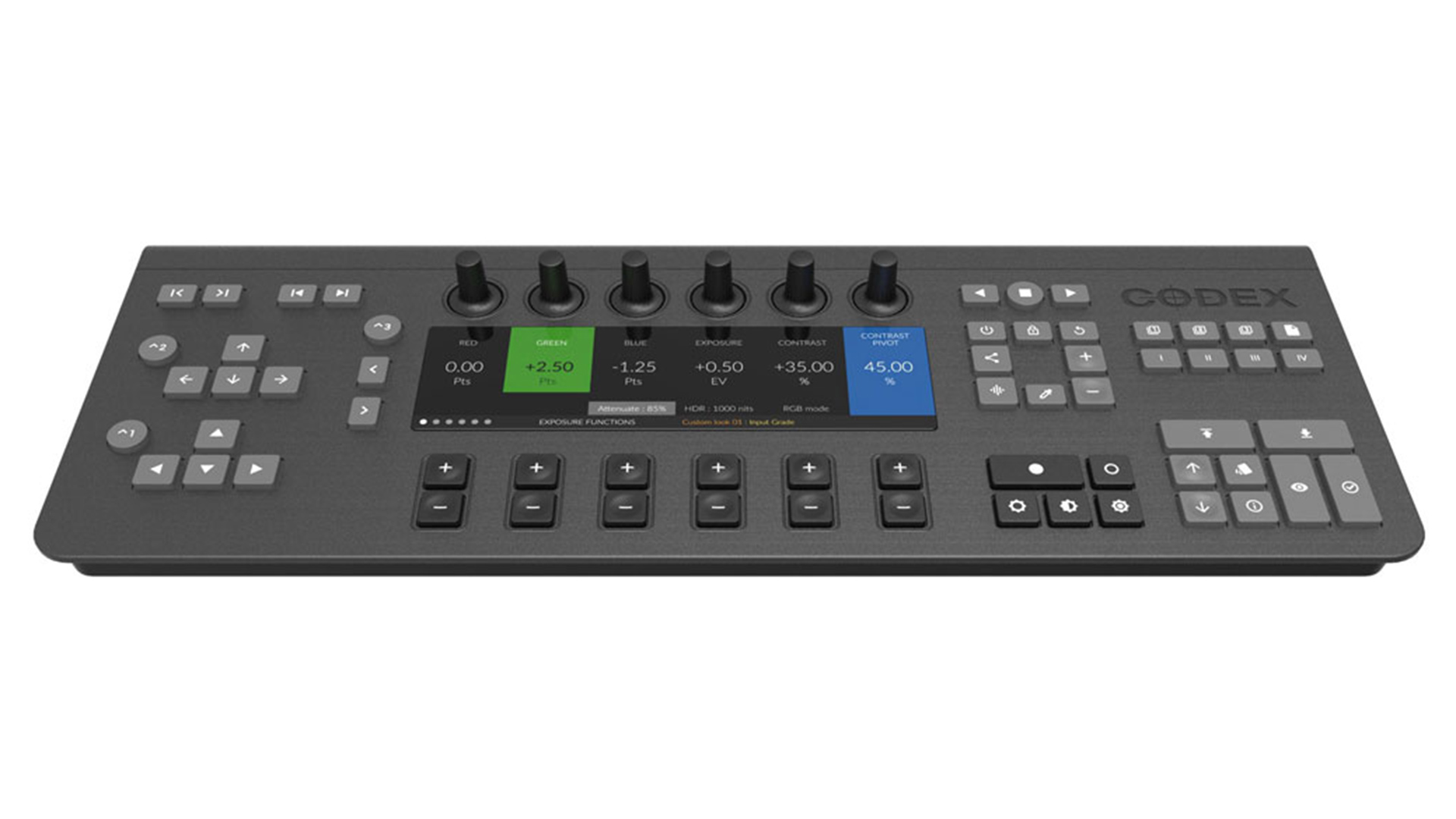
Review: We take a good look at the Codex Keys control surface, an essential accessory for colour grading.
Last article, I took a look at Codex’s ColorSynth software. This time around we’re going to dive into the hardware component - the Codex Keys, priced at $1500 USD.
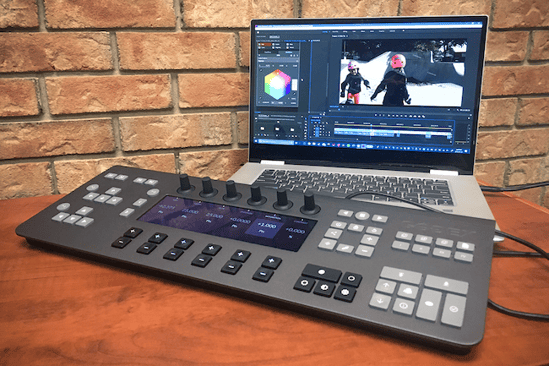
First and foremost, the build quality is absolutely stunning. Hefty in weight and solid in build, this is machined metal and feels closer to pounding away on a JL Cooper or a Resolve Advanced Panel than it does hitting a plasticky prosumer panel in a similar price range. For size reference, the Keys is about the same footage as the Avid Artist Color.
Connectivity is a single USB-C cable. Once the Codex driver was installed and running, Premiere connected to the panel and no additional configuration was required.
The panel features rotary encoders as well as + and - keys for each channel. In most colour tools these are interchangeable with both input methods active by default.
Along the top, you will find a transport which offers play/reverse, previous frame/next frame, and previous clip/next clip. While working in Premiere, I found the transport very usable and relied on using the keyboard and mouse navigating my NLE less than I had expected.
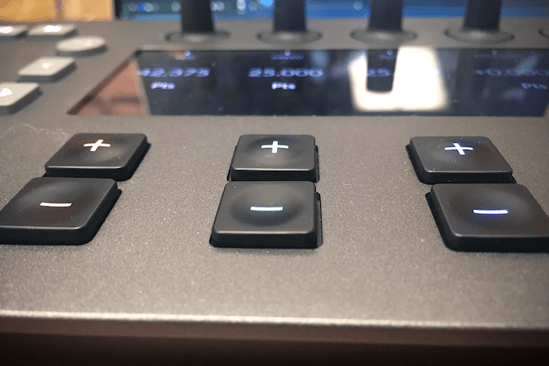
The biggest question I imagine on everyone’s mind is: can you colour correct without trackballs? I can safely answer - yes, you can. However, it takes a little getting used to.
The ColorSynth app is based around layers of adjustments and moving back and forth through those layers is very fast by means of dedicated navigation keys on the left side of the console. You could quickly set your contrast and white point in the Input layer and then cycle over to the Shadows / Midtones / Highlights layer and continue working. Once in SMH mode, you effectively have R, G, B printer light style offsets for each third of the image. Now, this is where things get a little tricky: to move between shadows and midtones, the user has to hit the shadows, midtones, or highlights keys on the console. Therefore, you cannot adjust shadows and midtones at the same time, which you most certainly can do on a traditional trackball ring interface. However, the amount of nuanced control is far greater in the printer lights method than it is in the trackball method - it is impossible to add exactly +3.500 units of blue on a trackball.
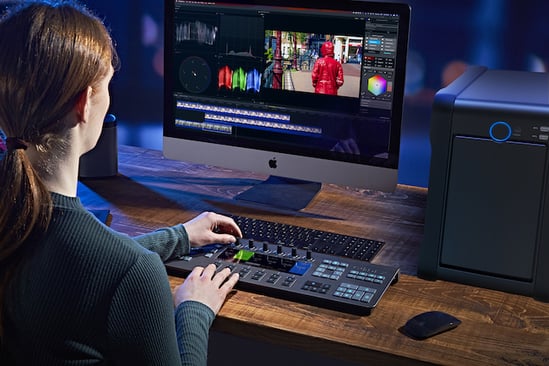
Which applications does the hardware support?
At the moment, Codex Keys is built around ColorSynth which can run within Final Cut Pro X, Motion, Premiere, and After Effects. Pomfort’s excellent DIT utility Silverstack also supports the Keys hardware.
Once you get the hang of where each layer lives within the plug-in, working with Keys and ColorSynth becomes intuitive. The order of the layers cannot be adjusted, so you will always know how many pages away you are from each tool.
Priced at $1500, this is not an entry-level product and there are many other hardware options to consider. For a lot of broadcast and web programs, a proper colour pass is required but not worth the extra time doing a round-trip to another piece of software. If you’re an experienced Editor or Online Editor looking for an “in-the-box” workflow, Premiere coupled with ColorSynth and Keys is a strong contender for your daily driver (as is Baselight for Avid with a Tangent Controller).
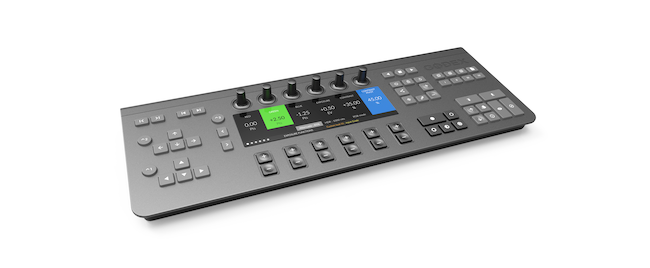
Tags: Post & VFX


Comments